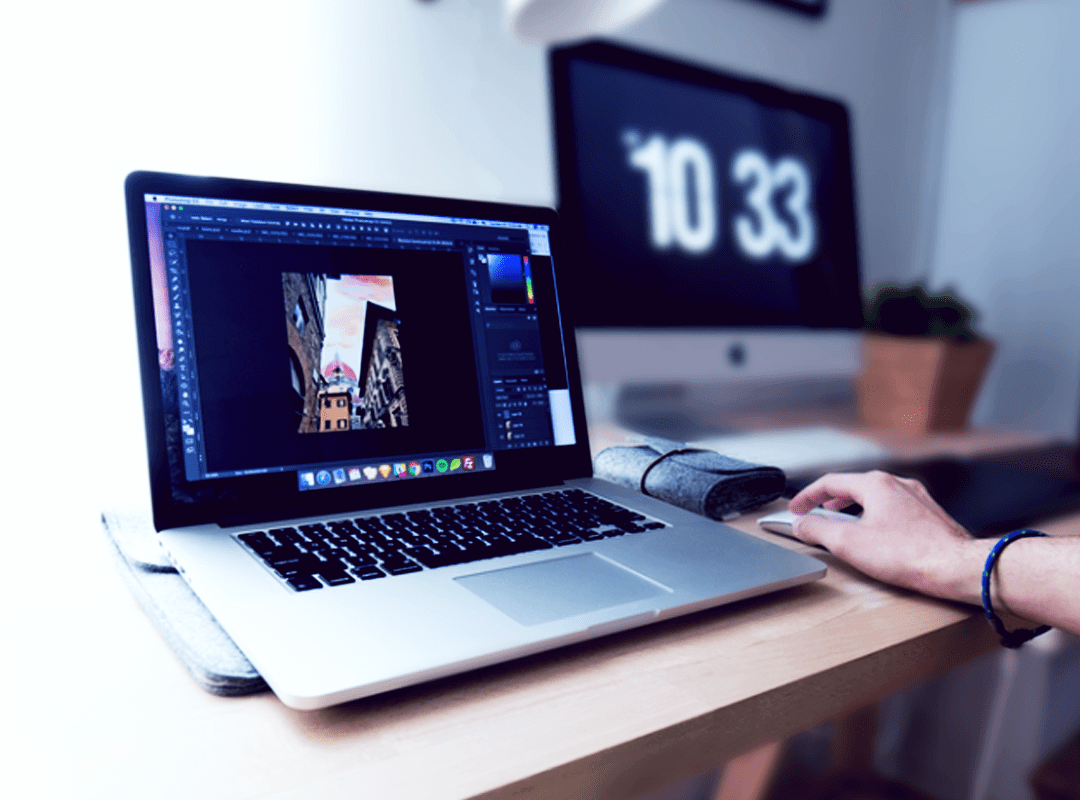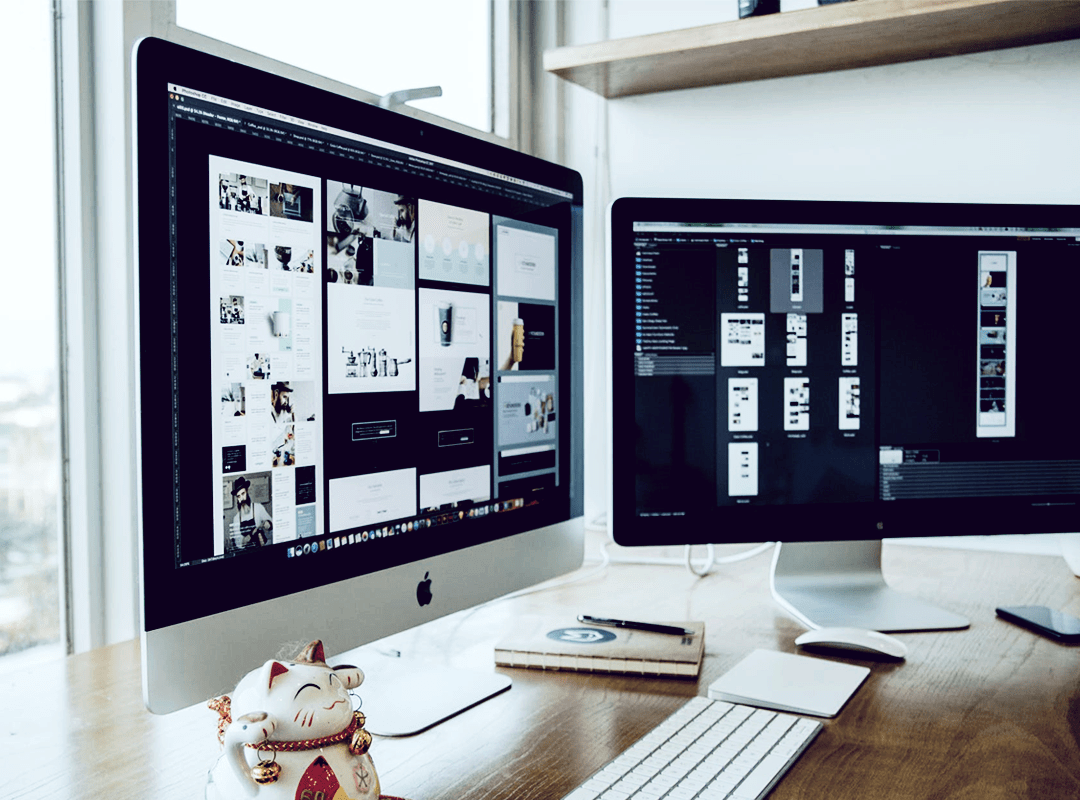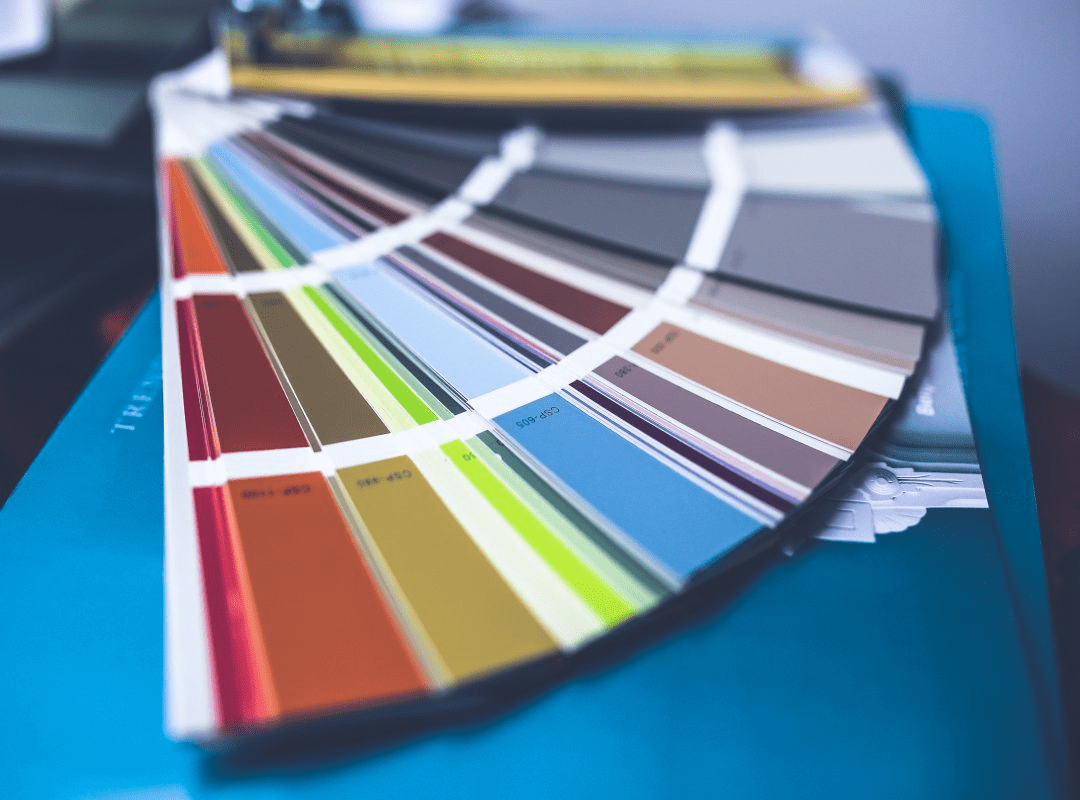White space isn’t wasted space. It enhances the readability and overall website performance. There are numerous benefits of white space. However, constructively putting it to some use is a difficult task. Only a few ways of using white space are effective like incorporating unique and professional imagery, creating a depth etc. This article lays down effective ways for use of white space in the designing process.
White space is the space between the design elements. There is a huge amount of relevant information in use of white space in the designing process. Constructively managing the relevant information is very essential. Too much information will make your design look cluttered. Too much white space isn’t a good option either. Following are the ways of spacing and placing in designing:

1. Establish a communication between elements
Establishing communication between elements is concerned with developing a specific pattern for the design elements and use of white space in the designing process. The common pattern runs as line which connects the design elements. The elements should communicate with each other through their surrounding space. For example, you can align the design elements in a specific pattern such that one can notice the invisible guideline running through the various design elements. Making the design elements communicate with each other forms the basis of professional design knowledge.

2. Putting imagination into practice
Take an effort to look beyond the boundaries of design elements. The design isn’t just restricted to the canvas. The use of white space in the designing process is entirely up to the designer’s imagination. It is in his hands to constructively put it to a creative use. Every corner of the page can be developed with imagination. Make use of captivating graphics to cover up the white space in a professional and sophisticated manner. Use your professional design knowledge at its best for coming up with good results, for spacing and placing in designing. Learn more about creative designing ideas in our blog DESIGN THINKING TOOLS: TRANSFORMING CREATIVITY INTO PRODUCTIVITY.

3. Creating an in-depth design
It is easy to forget a design, if it is made only for the screen or the canvas. Create designs in the depth of space provided to you. Use photographic elements to convey information in different styles. Go beyond two dimensional figures. You can incorporate three dimensional figures in your design. Using three dimensional figures in your design is a new and common trend. Creating an in depth design for use of white space in the designing process reflects constructive white space usage and professional design knowledge. Read our blog DEVELOP AN EYE CATCHING ISOMETRIC DESIGN- LEARN THE BASIC PRINCIPLES to know more about effective designing techniques.

4. Be unique
Everybody knows the basic placement of elements so as to make the design legible. However, the design elements can be placed tightly also. This is a creative approach towards spacing and placing in designing. Many a times, art takes an uncomfortable approach. You can tightly place the content in your design in a professional way. This can be used to highlight the relevant segments of the design. Professionalism and uniqueness for use of white space in the designing process, conveys your clear intention effectively, portraying professional design knowledge. To know more about essential designing principles, read our blog TOP 10 DESIGNING PRINCIPLES: UNDERSTAND THE DYNAMICS BEHIND DESIGN AESTHETICS.
All the above points can be used for an effectual use of white space in the designing process using professional design knowledge. Keep in mind that the basic relevance of white space is in improving the overall experience of the viewer. It should enhance the overall legibility of the design. When you’re using any of the above ways, ensure a professional implementation. This will surely generate a good design with clear purpose.






